An organization that provides all-expenses-paid flyfishing trips to combat veterans ensures that participants go home with so much more than campfire stories
With the inspiring success of organizations like Project Healing Waters and Casting for Recovery, many sportsmen and women are aware of the emotional and physical healing power of the outdoors. But when Dan Cook, formerly a financial executive, set out to establish Rivers of Recovery in 2009, he wanted to prove that the act of fly fishing—not to mention the camaraderie of bringing veterans together in remote and beautiful places—actually made a biological impact on returning military service members.
“They analyzed urine and saliva samples from the program participants before, during, and in the 6, 9, and 12 months after a fishing trip,” says Amy Simon, who started out as a Rivers of Recovery volunteer before running the organization with Cook and eventually stepping into the executive director position in charge of all operations and program curriculum. “The tests showed lower cortisol levels after fishing, and the participants reported sleeping better, having lower stress, and, in some cases, going off medications they’d relied on for their mental health. Dan really wanted to go beyond starting an organization and actually prove we were making a difference.”
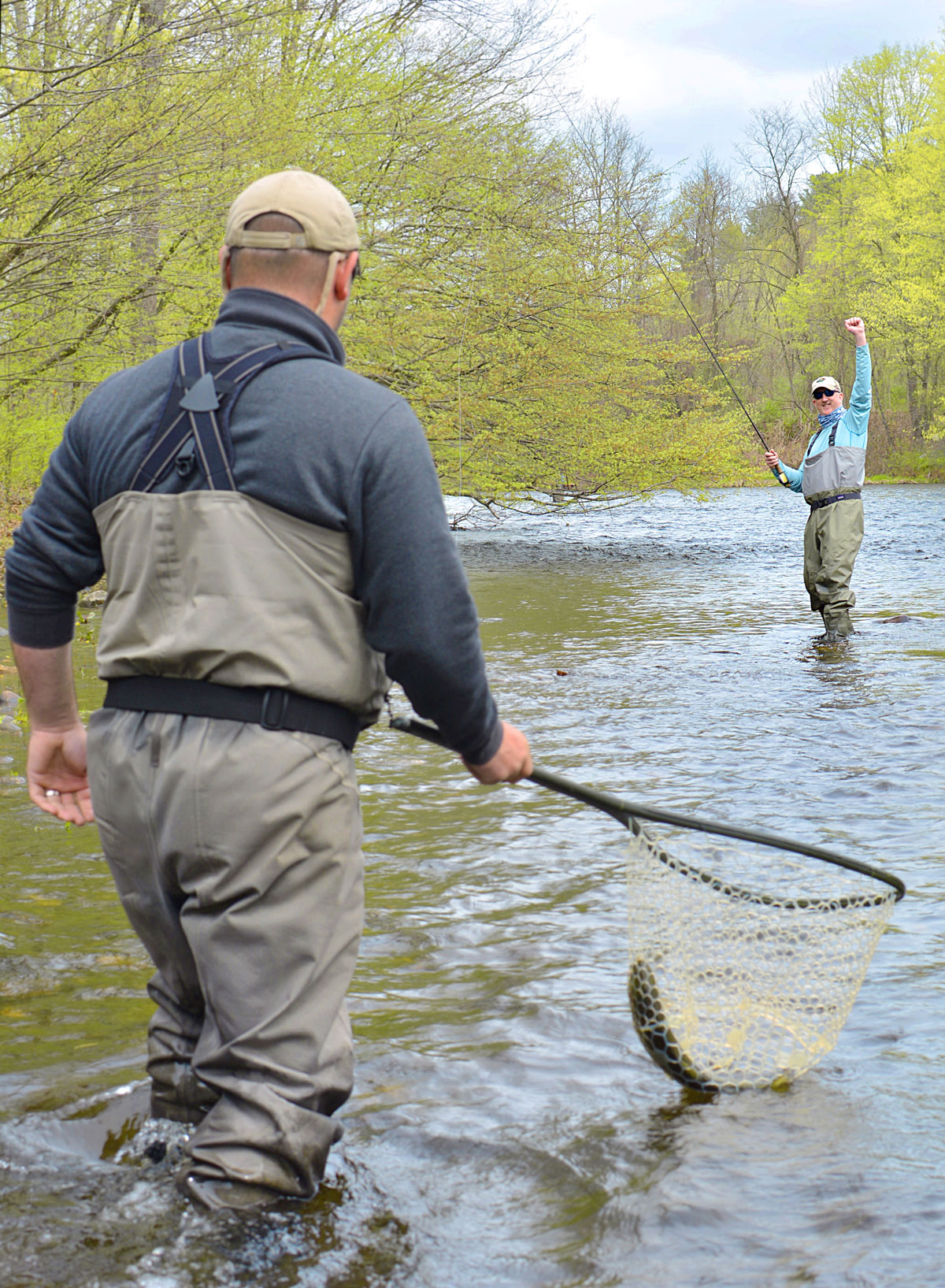
Thirty veterans took part in their first trip out of Dutch John, Utah, and these days the organization runs programs in eight different states, touching countless lives in the process. Over time, they discovered that building an experience within an existing community of local veterans was very beneficial, compared to flying a group out to Utah. This way, relationships could be built and maintained after the trip, and supportive local businesses, fishing guides, yoga instructors, and other volunteers remained in the participants’ community as resources.
“We found we could leave behind a footprint of support,” says Simon.
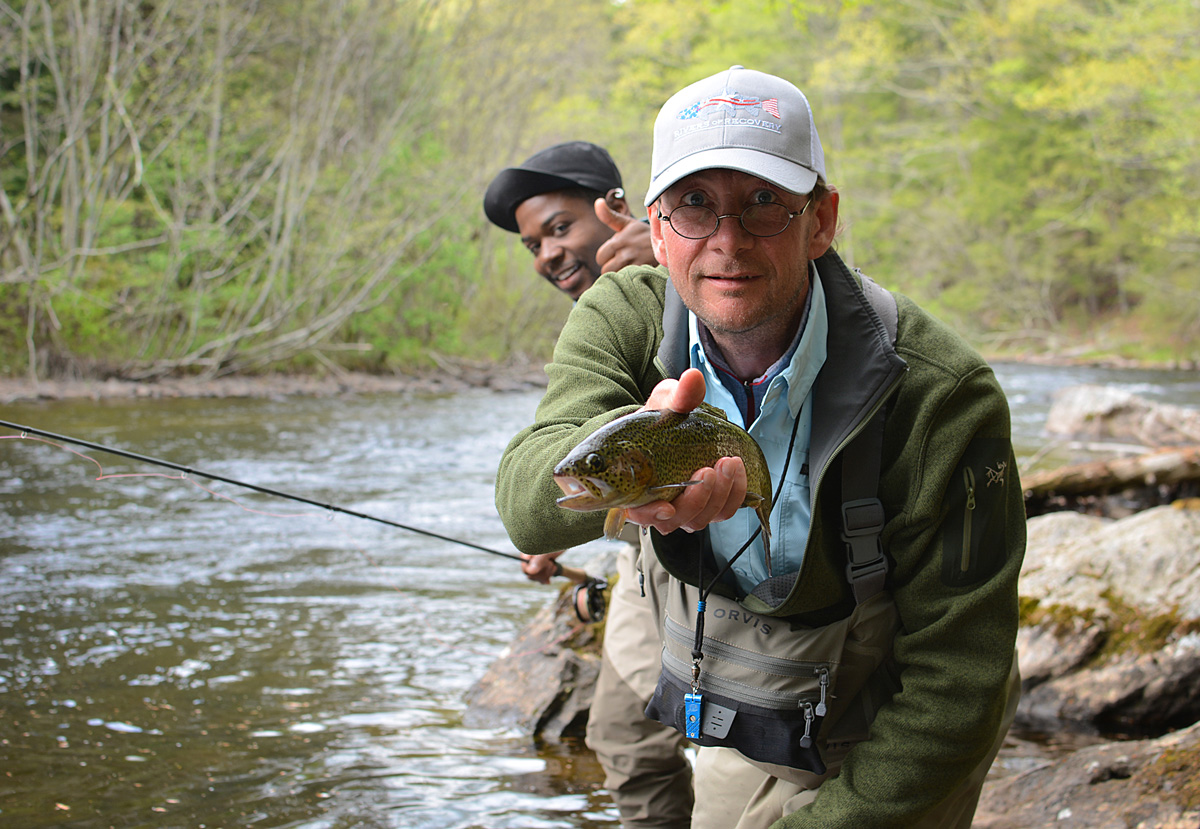
She was also instrumental in launching RoR’s first trips exclusively for female veterans, who may be dealing with entirely different issues than men when they return home. In the October 2017 issue of DUN Magazine, U.S. Army veteran Monica Shoneff explained, “A lot of female vets get out of the military and jump back into caring for a family. Self-care becomes a low priority. Where men can focus on themselves, we get lost.”
Now an RoR volunteer, Shoneff estimates that 95 percent of the women combat veterans she’s met have experienced sexual trauma during their military careers, leaving many to deal with anxiety, depression, and high rates of PTSD.
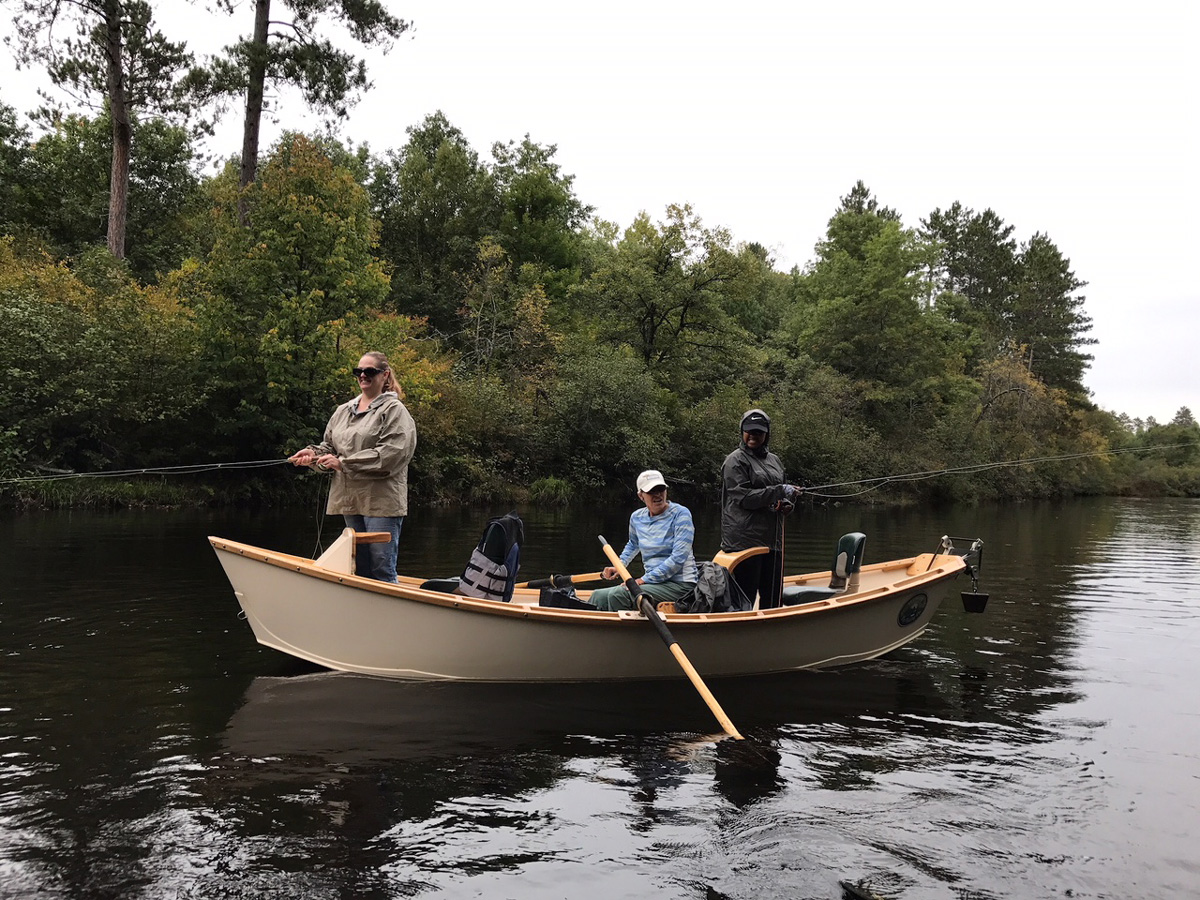
So, how does an all-expenses-paid flyfishing excursion help? “You have to focus on what you’re doing,” she tells DUN. “It takes away from time to ruminate and think about past events or worry about the future.” Simon adds that the activities on the water and in camp start to generate trust, bring vets out of their guarded stance, and open lines of communication. “By the time you leave, you feel like you’re part of a family,” she says.
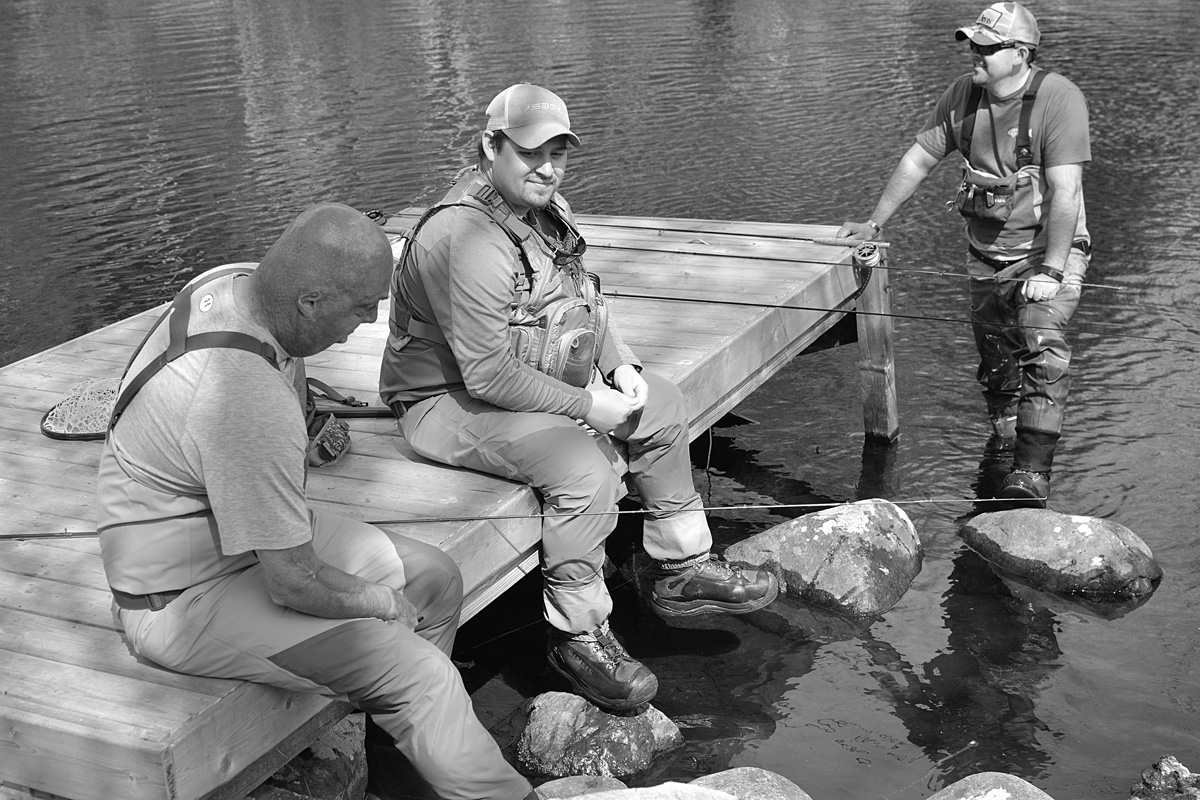
In many cases, none of this would be possible without public lands, says Simon, so conservation and the healing power of the outdoors go hand in hand. “If those resources were not available, we would not be able to succeed,” she says. “How can you not want to take care of these places that give so much to someone like a wounded veteran?”
Another active volunteer and RoR Board member, Jim Mayol, says he sees public lands issues differently now that he’s witnessed the transformation of program participants. “I see them before the trip, after, and in social settings, and there’s no doubt that the outdoors has had an impact on their healing,” he says. “It’s a no-brainer for me to advocate for these places now, where I may not have given it a lot of thought before.”
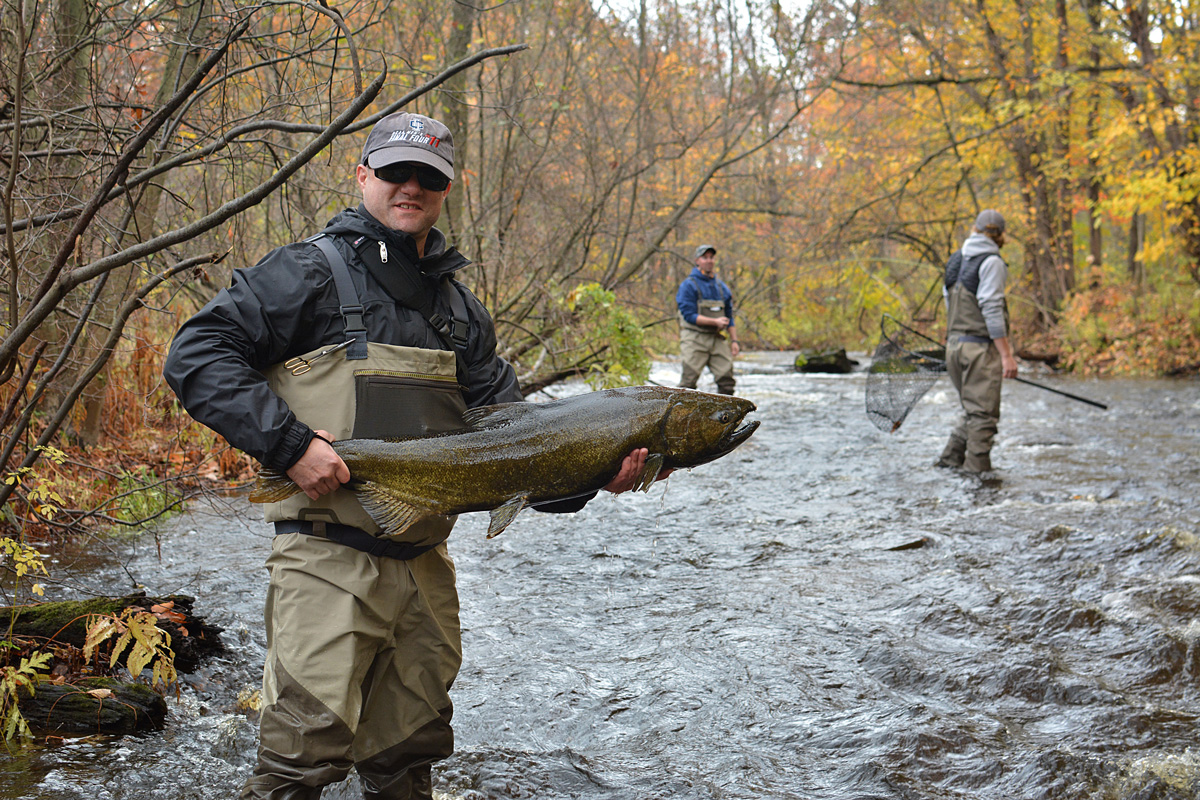
To learn more about Rivers of Recovery and how you can get involved, visit riversofrecovery.org.
All photos courtesy of Rivers of Recovery.

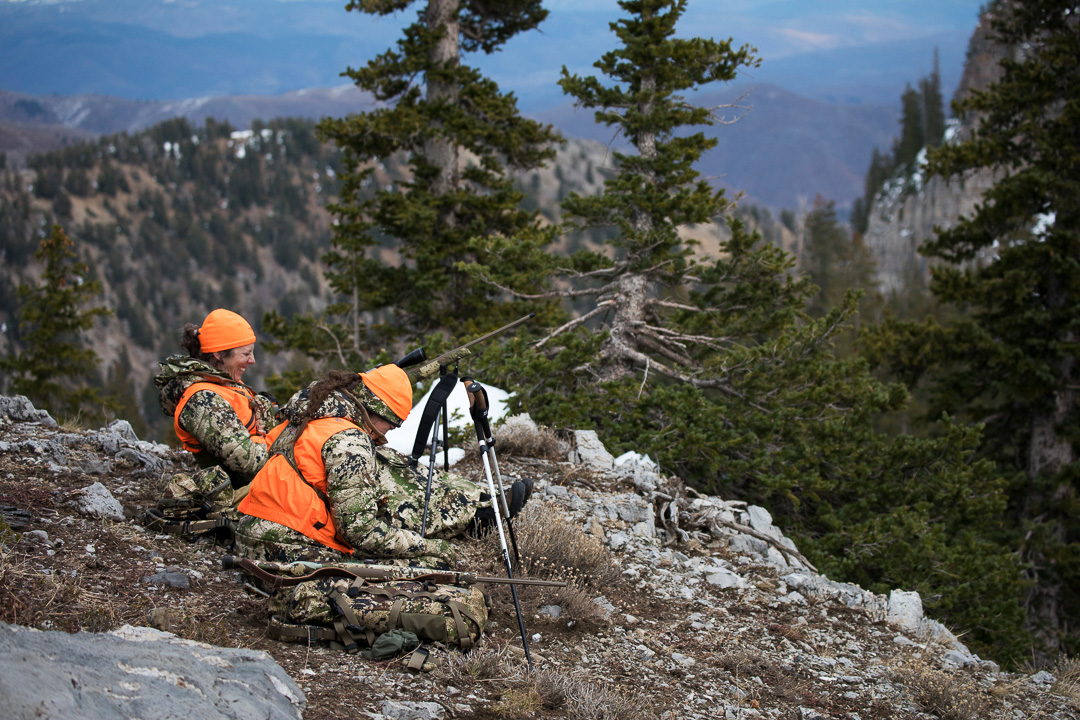
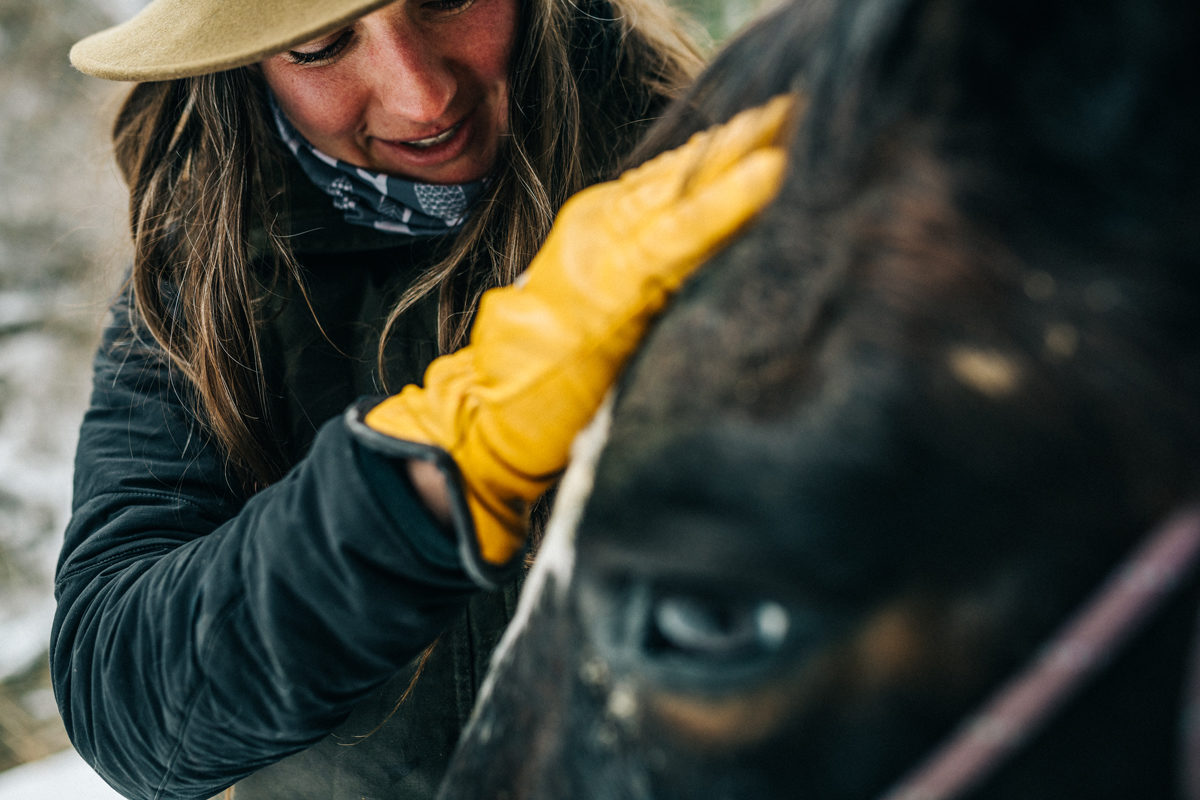




All over the US there are organizations that are committed to getting veterans into the out of doors for healing and growth. But some set them apart from others– the grass-roots groups that are run by veterans for veterans. And this dynamic, veteran brothers and sisters helping one another, is the most effective method. Veterans Expeditions in Salida, Colorado gets dozens of vets out every year for non-consumptive activities in the Rockies and elsewhere. Another great vet-run organization is Colorado’s Patriot Anglers. https://www.patriotanglers.us/
I encourage TRCP to reach out to these small yet effective organizations that are doing a lot with a little and helping to positively shape the future of outdoors recreation in the west.